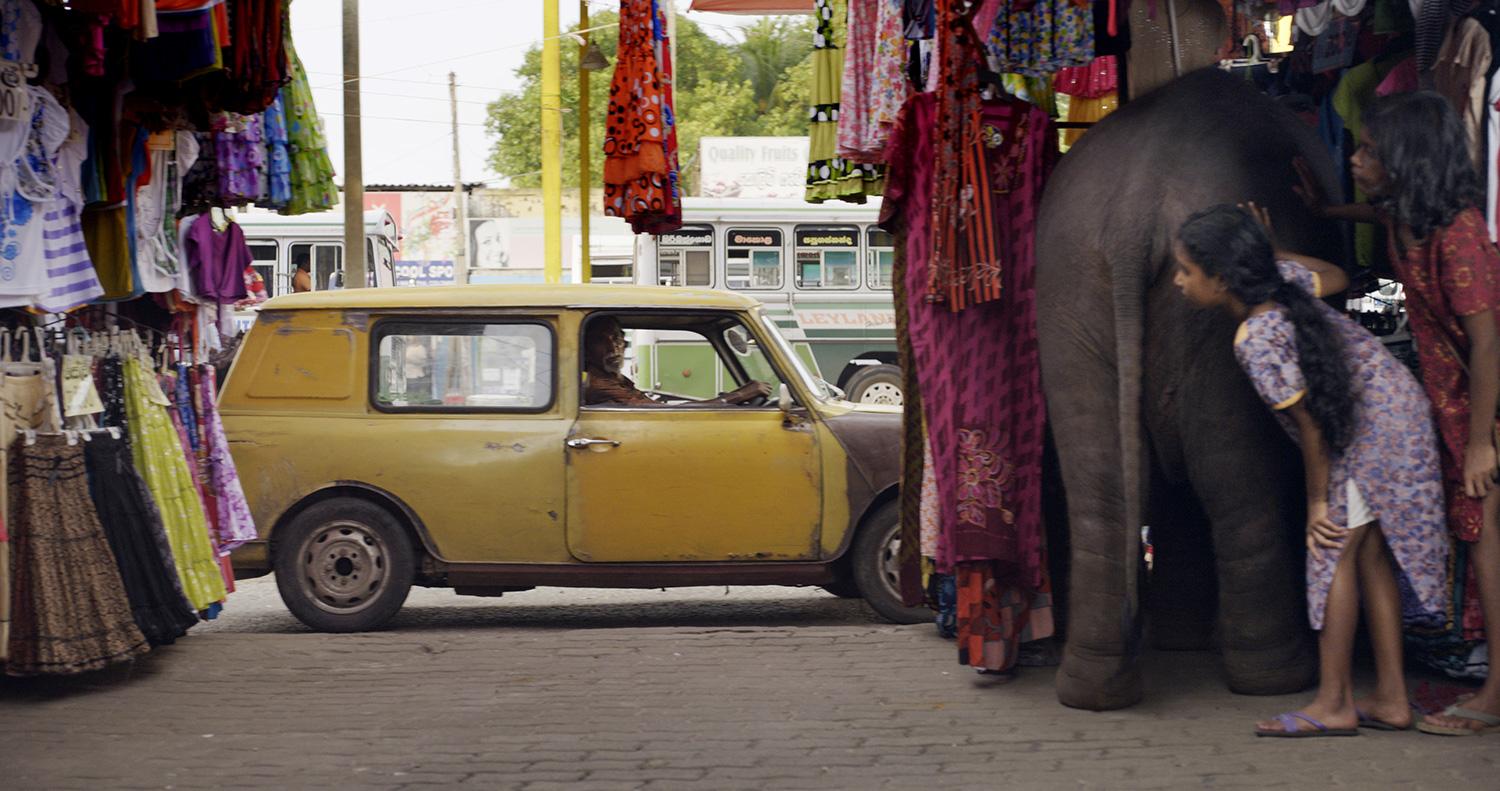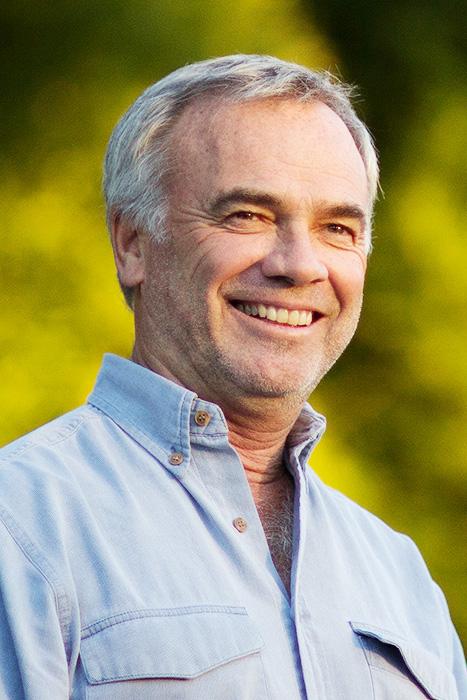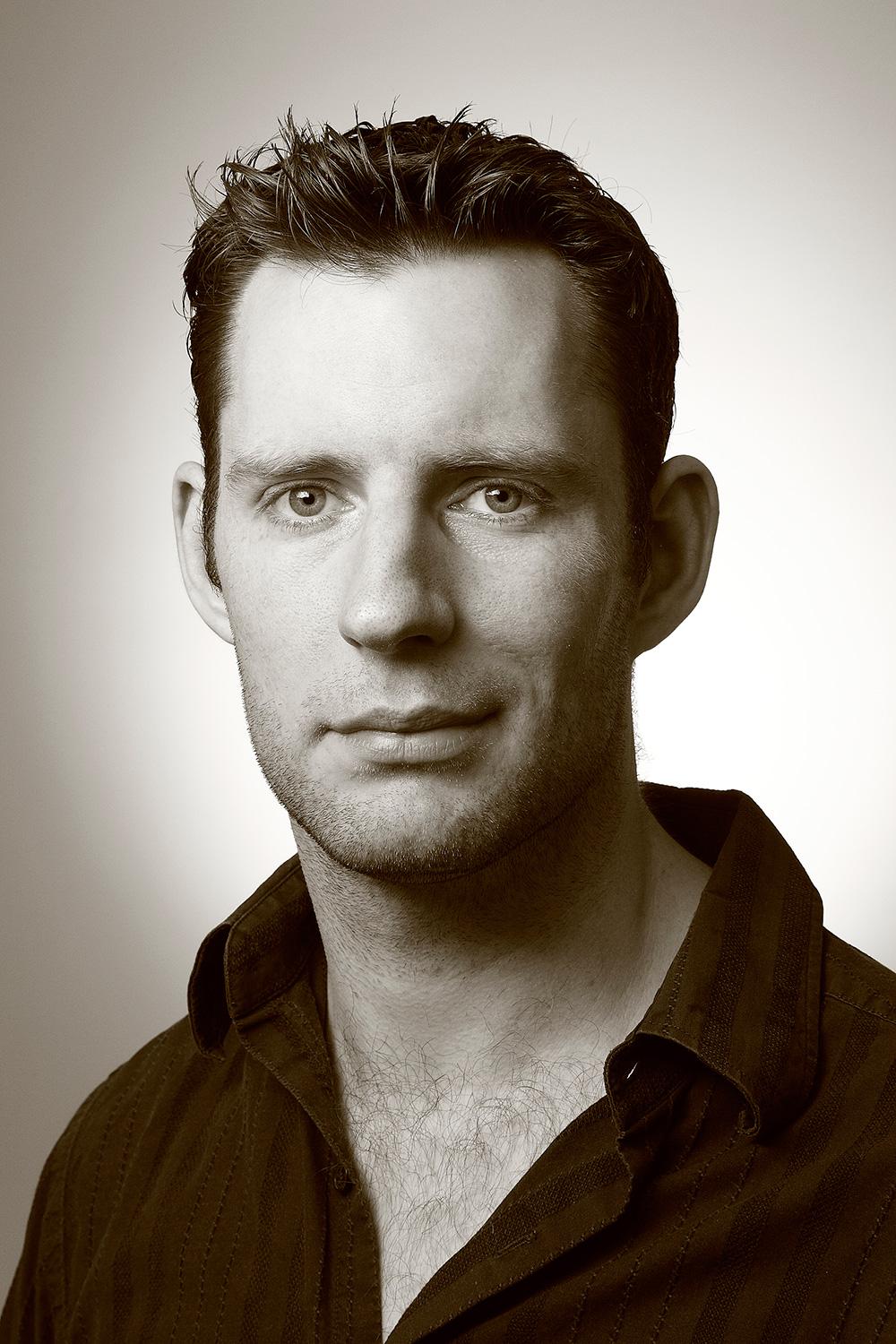As the momentum continues to build in the 4K camp, more photographers and videographers are beginning to look at making the switch to this burgeoning format.
But recording in 4K (or its other moniker, Ultra HD or UHD) – whether it’s the cinema-quality 4K (4,096 x 2,160) resolution or 4K UHD (3,840 x 2,160) for home viewing – offers both tremendous opportunities as well as challenges.
“These new technologies enable users to capture the sharpest video footage yet and edit without fear of losing quality,” says Brian Pridgeon, a director of Product Marketing Management at SanDisk, which has been adding 4K support in the flash memory used by photographers and videographers. “The decision to shoot a moment in video or photo has always been difficult, but 4K videos’ ability to use any single frame as a high-res image allows photographers to now capture both without having to compromise quality.
“We are on the cusp of a 4K revolution – and are focused on creating a portfolio of solutions that enable optimal video capture and sharing across multiple host devices, whether it’s for the high-end professional or everyday consumer,” Pridgeon adds.
Although the delivery method and consumption of 4K is currently challenging, that will change over the coming months.
Digital Trends: How is 4K changing the world of digital photography?
Sam Nicholson: We are experiencing a similar transition to a few years back when NTSC video gave birth to HD video. But in [cinema] 4K, any individual frame is approximately 12MP, adequate for fine art printing. The increased resolution comes with a price: the data is four-times heavier than HD. So your entire pipeline must be robust to ingest, move, manipulate, and store four-times more data.
David Newton: Over the last few years there has been a major shift in the digital photography world. It began with the introduction of HD-capable DSLR cameras. This introduced a whole new market to the world of video and has seen videography grow from a split of professional and niche consumer shooters, to something that the mid-ground of consumers and the professional photographers have embraced. It’s a slow move though, as many photographers do not understand video. That said, as the numbers swell, so too does the interest in higher resolutions. As technology marches forward, so the increase in digital still-imagery resolution is moving across to video, and people at large are always looking for better, sharper or more detailed.
While 3D seems to have come and barely made much of a splash, 4K is gaining traction in the market with cameras that are, relatively speaking, cheap compared to the performance they offer. The action camera market has helped too – the popularity of action cams, some of which can shoot 4K footage, has awoken the consumer consciousness to the possibilities, and more people are showing an interest, not just in video overall, but in 4K video specifically.
What are the benefits of 4K?
SN: 4K gives us much more control in post-production over our images. Resizing, cropping, stabilization, and smaller grain (less noise) all benefit from increased resolution. Personally, I’m from an intensive visual-effects background and 4K gives me many more options to manipulate each picture frame. I feel 4K is essential for heavy post-manipulation of your images.
DN: The most obvious benefit of 4K is the resolution. With an HD frame being around 2 megapixels and a [4K UHD] frame being 8 megapixels. The detail is staggering. While there is currently limited ability to output 4K due to the price and availability of 4K televisions, being able to shoot in 4K helps differentiate yourself from others. Additionally, shooting in 4K is a method of future proofing. Since 4K will become ever more mainstream over the next 12-24 months, having 4K footage now helps keep me at the front of the curve.
How are you incorporating 4K into your respective businesses?
Shooting in 4K is a method of future proofing.
DN: The lack of widespread output options means clients are not commonly asking for 4K content currently. However, being able to offer a 4K option has opened a few doors that would otherwise have been difficult to break down. My last safari trip gave me the opportunity to capture some 4K content in addition to the more common HD content. When cut together, despite the downsizing to HD (1080p), the 4K clips were easy to spot in among the other footage – the extra detail was clear.
Any recent projects have you worked on using 4K?
SN: At Stargate Studios, we can handle 4K as easily as HD, so we use it in all aspects of live-action shooting and post-production. We keep an extensive location library for our “Virtual Backlot” process, so 4K and beyond is essential to “future proof” our stock library. We use 4K on most of our projects including Hemlock Grove, The Walking Dead, and Sons of Anarchy.
- 1. © 2014 David Newton
- 2. © 2014 David Newton
- 3. © 2014 David Newton
DN: So far, 4K has only formed part of a final project rather than the whole thing. For a normal shoot for a client that has no need for 4K, or knowledge of, the extra time involved in editing makes it less appropriate. However, for certain shoots that may have more longevity, the draw of 4K resolution is strong and I do shoot some 4K content that is then downsized for use.
What are you shooting with, and what’s in your camera bag?
SN: My favorite 4K cameras currently are the Sony F55 and the Canon 1D-C. Both have a unique purpose. The F55 is for live-action with the Fujinon Amira lenses. The Canon 1DCs are for our multiple camera rigs where we are shooting with as many as eight synchronized cameras simultaneously to deliver 32K horizontal resolution. A new, very promising entry into the 4K market is the Sony Alpha 7S, which shows fantastic 4K results, particularly in low-light situations.
DN: I shoot with a variety of cameras, mostly from Canon, including the EOS 5D Mark III, EOS-1D X, and Cinema EOS-1D C, all of which are usually hooked up to an Atomos Ninja external recorder with the exception of the 1D C for 4K, which shoots directly to the CF card. Beyond that, the Panasonic GH4 is a very capable, and fairly inexpensive, solution that works well for 4K videos.
Of course, there is a large cache of memory cards that is ever more important with 4K content. This includes the latest SanDisk Extreme Pro 512GB SDXC card for use in the GH4, as well as 128GB and 256GB SanDisk Extreme Pro CF cards for use in the EOS-1D C; by way of example, 30 minutes of 4K content from an EOS-1D C creates around 128GB of data.

I have also shot 4K with the Sony A7S and a BlackMagic HyperDeck Studio Pro directly to SanDisk Extreme Pro SSDs. Here, the ability to shoot straight to ProRes (lossy video compression format) means file sizes are bigger still – the same 30 minutes of 4K footage is closer to 180GB in ProRes, and if I choose to shoot in uncompressed 10-bit, that file size will go up to around 715GB. With all that data, it’s not just the capacity, but the speed of the memory that is hugely important as well – a skipped or dropped frame can mean a ruined clip that then needs to be re-shot. The problem is, you might not notice that until you get back and begin to edit, making it more challenging and more costly to re-shoot.
Why should our readers be looking at 4K for their digital needs?
SN: Today, if you purchase an HD camera over a 4K camera, it will have a very limited lifespan. How many NTSC cameras do you see on the shelves today? Not many. Within a few years there will not be too many HD cameras around either. Everything is moving toward 4K and beyond.
DN: 4K will be the next big thing in the world of video. Although the delivery method and consumption of 4K is currently challenging, that will change over the coming months as 4K televisions continue to drop in price. The reality is, with the introduction of larger, faster memory cards from companies such as SanDisk and the continual release of consumer-priced cameras that can shoot 4K content, the shooting side of 4K is no harder than with normal 1080p HD. That means that there really is no reason to not shoot 4K content to ensure you have the highest quality possible, even if you only have an HD output option currently.
Sam Nicholson, ASC, is the CEO and founder of Stargate Studios, a state-of-the-art visual effects production company founded in 1989, with studios in South Pasadena, Calif. and Vancouver, Canada. As Stargate’s CEO, principal director, and cinematographer, Sam draws from his thirty years of expertise in film, television, and visual effects production to lead his company of over 125 talented artists and technicians.
- 1. Sam Nicholson
- 2. David Newton
Recognized for his technical knowledge and approach to photography, David Newton is often sought out by major photographic companies to provide a variety of services. His photography has been published by major photography magazines, as well as publications such as Country Life, BBC Wildlife, The Times, The Telegraph, The Daily Mail, The Express, and The Sun.
Both Nicholson and Newton are members of SanDisk’s Extreme Team of ambassadors.







